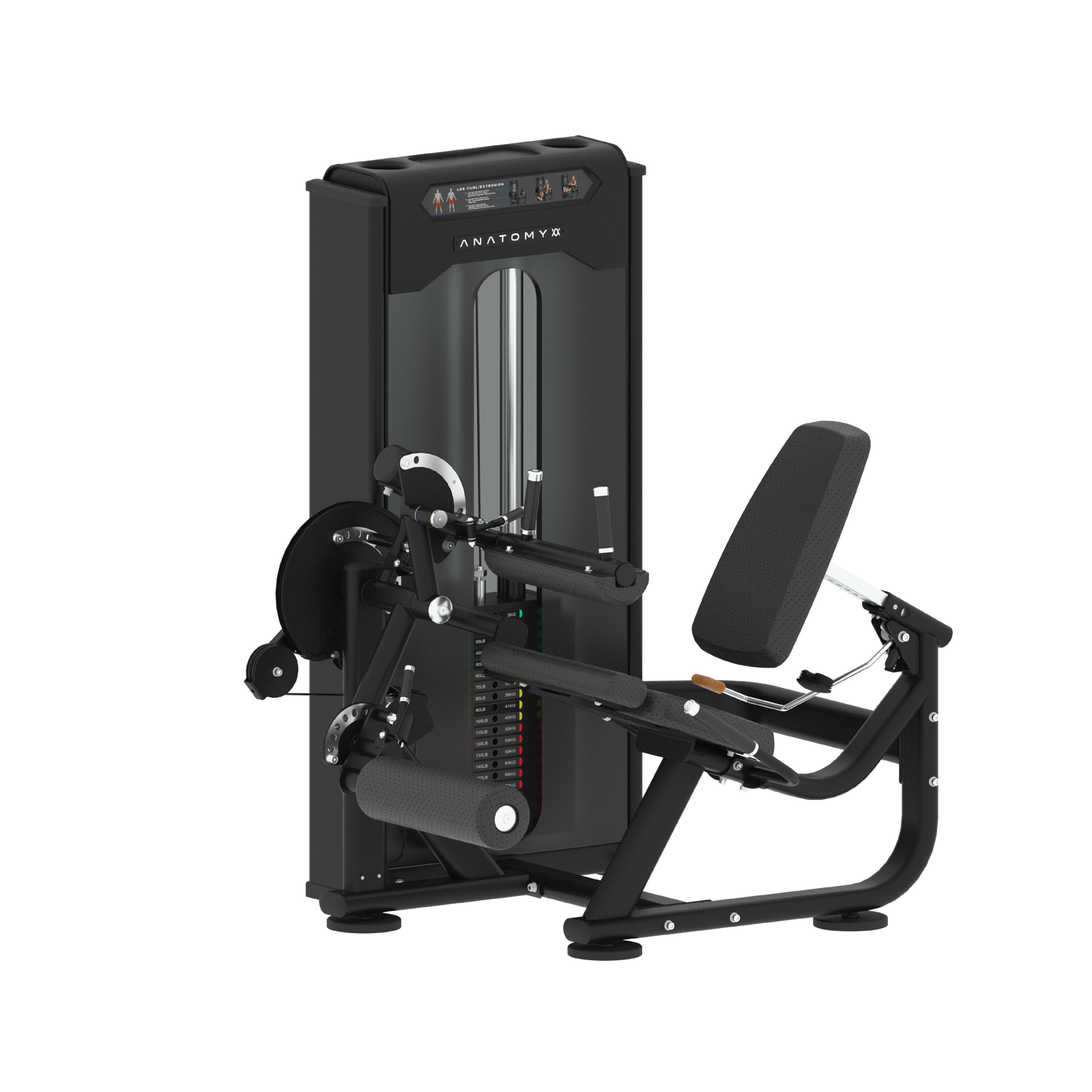The pursuit of balanced muscular development is a hallmark of intelligent strength training. While popular exercises like squats and deadlifts build foundational leg strength, dedicated isolation movements are crucial for targeting specific muscle groups and preventing imbalances. The leg extension curl machine, a staple piece of strength equipment in nearly every gym, is precisely engineered for this purpose, allowing you to focus acutely on your quadriceps (extensions) and hamstrings (curls).
However, simply going through the motions isn't enough. To truly "get the full range" and optimize performance while preventing muscle imbalance, advanced techniques are essential. Neglecting these can lead to overdeveloped quads relative to hamstrings (or vice-versa), increasing the risk of knee injuries and limiting overall athletic potential.
Understanding the Importance of Balance
The quadriceps and hamstrings are antagonistic muscle groups, meaning they perform opposing actions around the knee joint. The quads extend the leg, while the hamstrings flex it. A strong, balanced relationship between these two groups is vital for:
-
Knee Stability: Protecting the knee joint during dynamic movements.
-
Athletic Performance: Powering jumps, sprints, and changes of direction.
-
Injury Prevention: Reducing the likelihood of strains and tears, particularly hamstring injuries, which are common when quads are disproportionately stronger.
The leg extension curl machine allows you to address this balance directly.
Advanced Leg Extension Techniques
The leg extension targets the quadriceps, which are comprised of four muscles. Proper technique ensures all four heads are engaged.
-
Tempo Control and Peak Contraction:
-
The Mistake: Many lifters rush through the concentric (lifting) phase and let gravity drop the weight.
-
Advanced Technique: Focus on a controlled 2-second concentric phase, squeezing your quads hard at the top (peak contraction) for a full 1-2 seconds. Then, perform a slow, controlled 3-4 second eccentric (lowering) phase. The eccentric portion creates more micro-trauma, leading to greater muscle growth and strength.
-
Benefit: Maximizes time under tension, fully engages all quad heads, and improves muscle control.
-
-
Foot Position Variation for Quad Emphasis:
-
The Mistake: Always keeping feet parallel.
-
Advanced Technique:
-
To emphasize the vastus medialis (inner quad tear-drop muscle): Point your toes slightly outward.
-
To emphasize the vastus lateralis (outer quad sweep): Point your toes slightly inward.
-
For overall development: Keep feet parallel.
-
-
Benefit: Allows for targeted development to address specific weaknesses or aesthetic goals, contributing to overall balance.
-
-
Partial Reps for "Burning Out" (Finisher):
-
The Mistake: Stopping when full range of motion is no longer possible.
-
Advanced Technique: After reaching failure with full range-of-motion reps, immediately perform 5-10 partial reps at the top half of the movement. This pushes more blood into the muscle and fatigues remaining muscle fibers.
-
Benefit: Increases metabolic stress, driving hypertrophy, and ensuring complete muscle fatigue.
-
Advanced Leg Curl Techniques
The leg curl targets the hamstrings (biceps femoris, semitendinosus, semimembranosus). It's crucial to distinguish between seated, lying, and standing leg curls, as each offers slightly different benefits.
-
Peak Contraction and Squeeze:
-
The Mistake: Rushing the movement, using momentum, and not fully contracting the hamstrings.
-
Advanced Technique: During the concentric (curling) phase, focus on driving your heels towards your glutes and aggressively squeezing your hamstrings at the peak for a solid 1-2 seconds. Control the eccentric phase for 3-4 seconds, resisting the weight.
-
Benefit: Enhances the mind-muscle connection, ensuring hamstrings are truly working, not just secondary muscles.
-
-
Toes Pointed vs. Flexed:
-
The Mistake: Not considering how ankle position affects hamstring engagement.
-
Advanced Technique:
-
Toes Pointed (Plantarflexion): Emphasizes the gastrocnemius (calf muscle) and can reduce hamstring activation slightly.
-
Toes Flexed (Dorsiflexion - pulling toes towards shins): Often allows for greater hamstring activation as it takes the calf muscles out of the movement more. Experiment to see which gives you a stronger hamstring contraction.
-
-
Benefit: Helps isolate the hamstrings more effectively for stronger development.
-
-
Single-Leg Curls for Unilateral Balance:
-
The Mistake: Only performing two-leg curls, allowing the dominant leg to compensate.
-
Advanced Technique: Incorporate single-leg curls (either seated or lying, if your machine allows). This directly addresses strength imbalances between your left and right hamstrings. Start with your weaker leg.
-
Benefit: Corrects muscular asymmetries, which is vital for preventing injuries and improving overall lower body stability.
-
Preventing Muscle Imbalance: The Bigger Picture
-
Equal Volume: Ensure you're dedicating roughly equal set and rep volume to both extensions and curls.
-
Listen to Your Body: If one muscle group is consistently weaker or more fatigued, adjust your training.
-
Incorporate Compound Movements: Never rely solely on isolation exercises. Squats, deadlifts, and lunges are crucial for integrated strength.
-
Progressive Overload: Consistently challenge your muscles by gradually increasing weight, reps, or time under tension.
By applying these advanced techniques to your leg extension curl sessions on the strength equipment, you can move beyond mere exercise to deliberate muscle sculpting, ensuring balanced development, enhanced performance, and robust knee health. It's about working smarter, not just harder.

